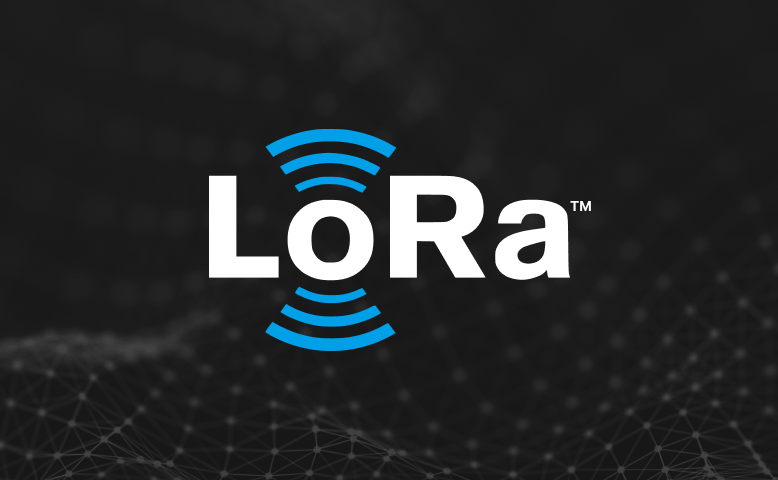
So, What’s a HIP?
One of the greatest attributes of the Helium network is the fact that it’s people-powered. Holders of HNT, the chain’s native token, are able to propose and vote on changes and improvements to the Helium ecosystem – a true realization of its moniker, “The People’s Network”.
HIP is an acronym that stands for Helium Improvement Proposal. These are proposals submitted by members of the Helium community, addressing a wide array of topics including tokenomics, blockchain functionality, and allocation of mining rewards.
The History of HIPs
Community-driven governance is commonplace in blockchain communities today – but the first example of this framework dates back to August 19, 2011, when Amir Taaki submitted the first BIP, or Bitcoin Improvement Proposal.
“Modeled on BIPs from the Bitcoin community, HIPs are used to introduce, debate, and approve/reject new changes to major elements of the Network”
As of the date of this writing, 58 HIPs have been proposed, 13 of which are currently deployed. The Helium community hosts a public community call on Zoom on the last Wednesday of each month where new and existing HIPs are discussed in detail. Some of the most notable HIPs to be implemented thus far include HIP17, which involves density-based reward scaling, and HIP20, which defines the maximum supply of HNT. You can view an up-to-date list of all proposed HIPs here.
Importance of Decentralized Governance
It’s no secret that centralized governance of digital platforms can be problematic for platform users. The Helium network (and most other Web3 projects) are built around the concept of decentralized governance for this reason.
According to the Journal of Management, mechanism design theory states that “an effective governance structure should leverage individual incentives and local information to achieve desirable outcomes”. In centralized governance structures, owners have full control and the interests of participants may be overlooked or invalidated. In contrast, participants in decentralized governance structures are in control of the platform and are able to make decisions for the benefit of the community.
Who can submit a HIP?
Anybody can submit a HIP via Helium’s HIP GitHub Repository or Discord channel.
How does voting work?
Helium leverages on-chain voting, which is open to all token holders via the website helium.vote. In the current voting system, most votes are weighted by the HNT balance of each voting wallet – 1 HNT represents 1 vote. However, this structure can change depending on what the community is reaching consensus on. Votes are submitted by issuing a small token burn transaction from the token holder’s wallet to a wallet associated with their desired ballot option, typically “For” or “Against”.
How are HIPs implemented?
The process of proposing and voting on HIPs is fairly straightforward, however the implementation stage is where the heavy lifting happens. After being approved, the code for each HIP is reviewed by a community of developers, and the rollout is closely monitored for any complications that may arise.
These implementations are not necessarily permanent; approved HIPs can also be “closed” or withdrawn at a later time if the community deems it necessary.
References:
Chen, Yan, et al. “Decentralized Governance of Digital Platforms.” Journal of Management, vol. 47, no. 5, 2020, https://doi.org/10.1177/0149206320916755.
“Voting on Helium: Helium Documentation.” Helium Documentation Blog RSS, Helium Systems Inc., https://docs.helium.com/community-voting/.



